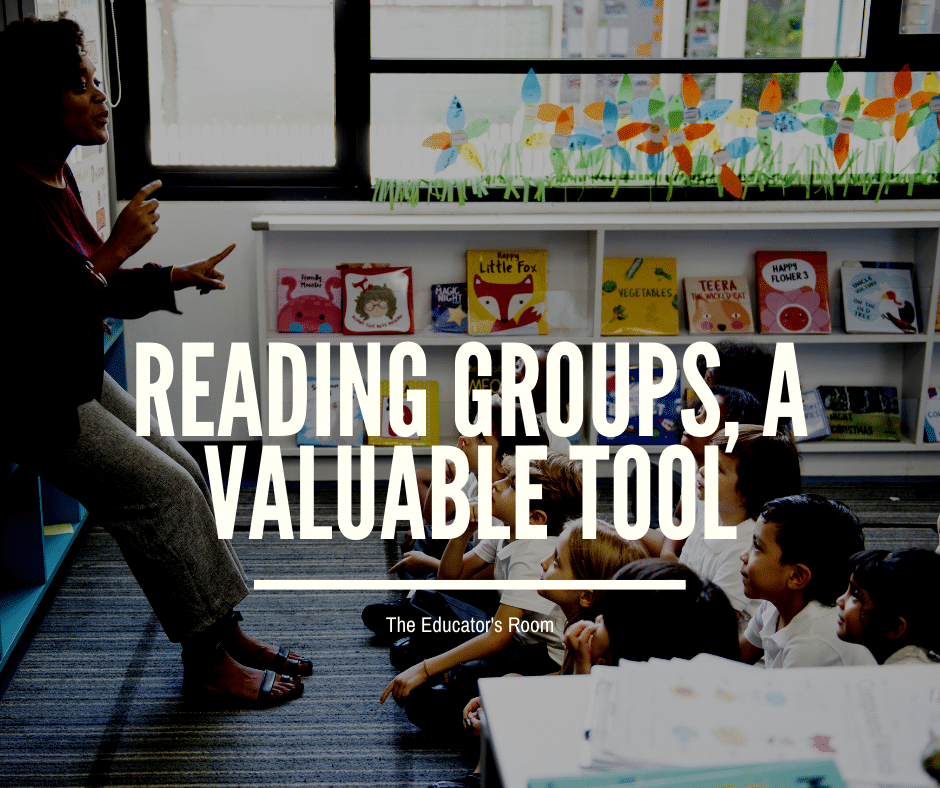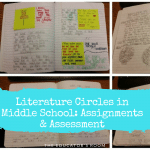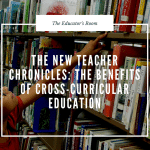As teachers, we are always trying to get our students to read more. Reading is important in helping our students grow as critical thinkers and expanding their view of the world around them. However, at times, it can be difficult for students to choose their own books. Some students struggle to get into any book at all because they hate reading. As an English teacher, I wanted to help students find that book that gets them interested, the hook book, as I call it.
As a department, we tried having a reading day once a week to encourage a love of literature, but that didn’t really work for every student. Some students just started to loathe that day. So, a couple of years ago, I decided to try a new thing, the reading group.
Book Tastings
The first step in creating reading groups is to arrange a book tasting. These are a ton of fun and can be done in a variety of ways. Although they can be a pain to organize, they are worth it. After reading every book that was available, I wrote out a synopsis for each one on an index card and included a content warning. Students then read the card and choose their three favorite books. This way, they were drawn into the story, rather than the cover or the length of the book.
RELATED: From Book Tastings to Blind Dates: How to Encourage a Love of Reading in Secondary Classrooms
The first year, I covered the books and put my notes on that cover. This backfired, however, as students ignored my content warning and chose the tiny collection of Hemingway short stories because the book was thin, then found themselves miserable.
Students were then put into groups, and the reading commenced. When they finished their book, they returned it and chose another one. Having read the cards, however, most of them knew exactly which book they were after next, and were excited to dive in.
Reading Groups
My reading groups are based on the concept of the literature circle, in that a group of students is reading the same book. They meet every three weeks in class, discuss what has happened, and then read silently together. It is fun, as a teacher, to watch the groups come together excitedly and discuss the books that they are reading together.
RELATED: It’s Time for High School Students to Take Charge of their Learning – But How? — Book Review
Everyone has a different opinion and a unique way of looking at things. Some of the books that I chose seem simple on the surface, like Holes or Ella Enchanted, but students peel back the layers, and often come up to me after reading to tell me what they noticed. They usually say:
“I hadn’t realized how much was going on in this book. I read it in elementary school, and it’s very different now!”
The contemporary fiction or the teen horror/suspense causes a similar reaction. The more complex books, the classics and the nonfiction, are more exciting to watch as students realize that they understand what is happening. Overall, reading groups work well in my classroom.
Reading Groups-A Success?
Reading groups can be a mixed bag. They require me to check in with students and groups, particularly those that were ambitious in their book choices. The groups that chose classic non-fiction, in particular, need some encouragement. On occasion, a student will realize that they really hate their book. In that case, they talk to me and if they are switching for a reason other than “it’s just too long,” I let them.
I also let parents know what we’re doing, and that of course, if they or their child are uncomfortable with a book, they can switch. For example, some contemporary books have characters who are LGBTQ+. Some families in my community are not comfortable with that while some are. So, those books include that information on the card.
My goal with this is not to trick students, but to have them enjoying a book, maybe from a genre they didn’t think about reading before. Overall, most students read the content warnings and look for things that interest them, so that warning is just an important bit of housekeeping.
Final Thoughts on Reading Groups
Students like feeling like they are a vital part of their own education, like they have a say in what they are learning. Reading groups are one of the ways that we as educators can give them that freedom. From what I have seen, it works. They are invested, keep each other accountable, read books by a wide variety of authors, and some of them even find that hook book.
Seeing students engage with books, looking forward to reading, and talking excitedly about literature makes my little English teacher heart happy. Since I love to read, I want to do my part in fostering that love in others. Reading groups are a little trick that I have found to make that happen.






